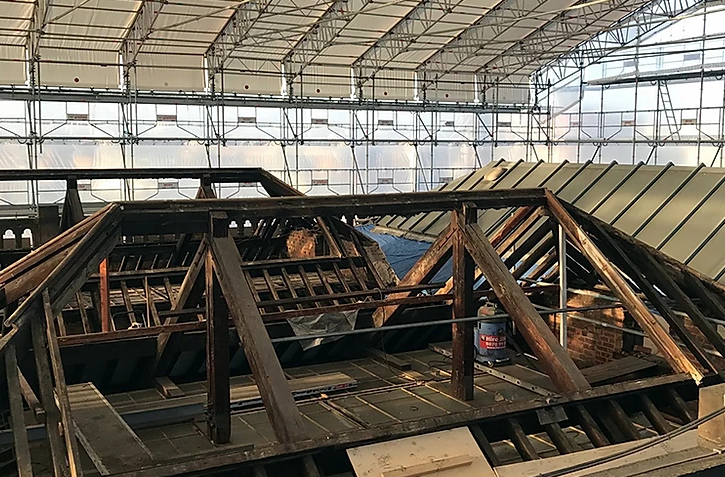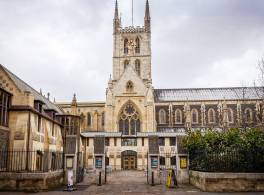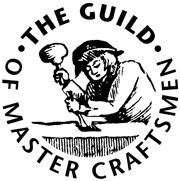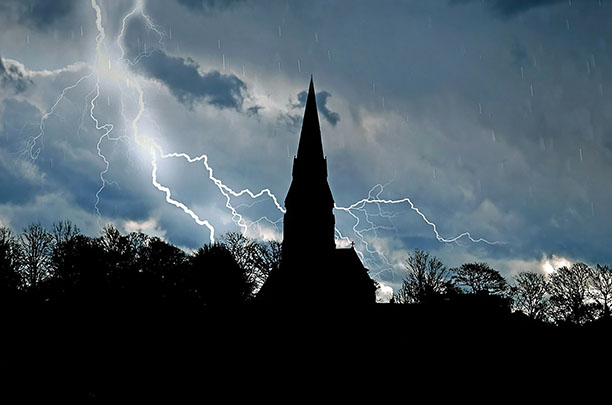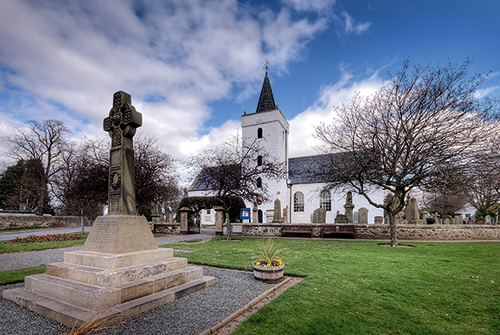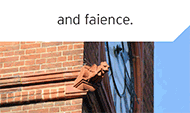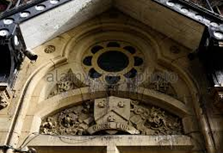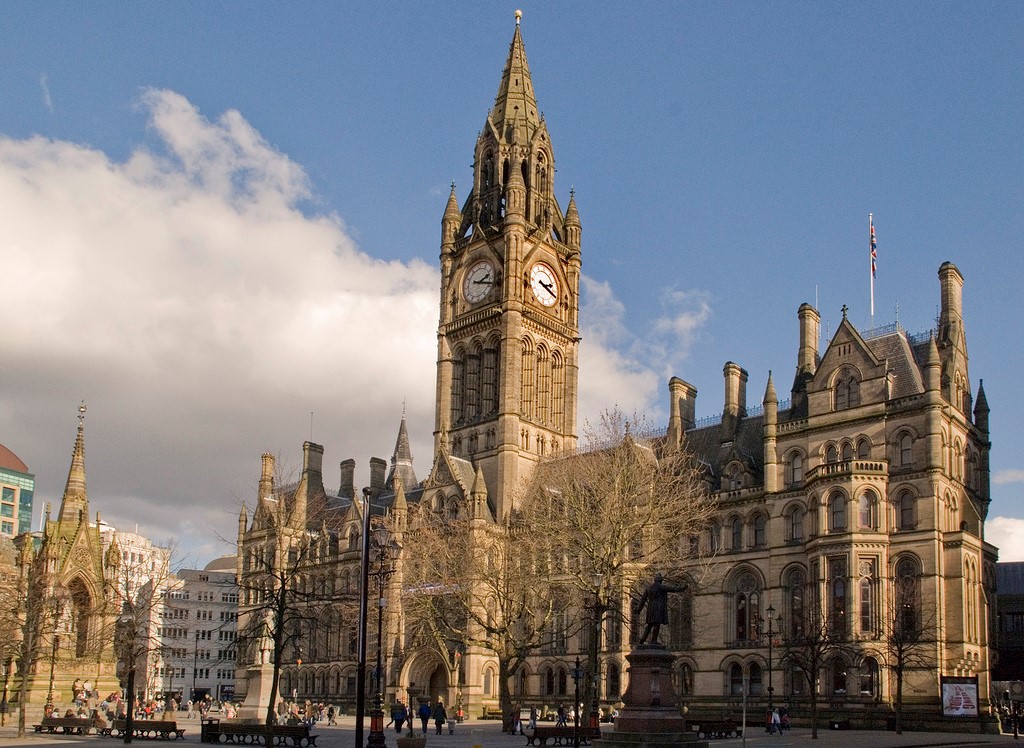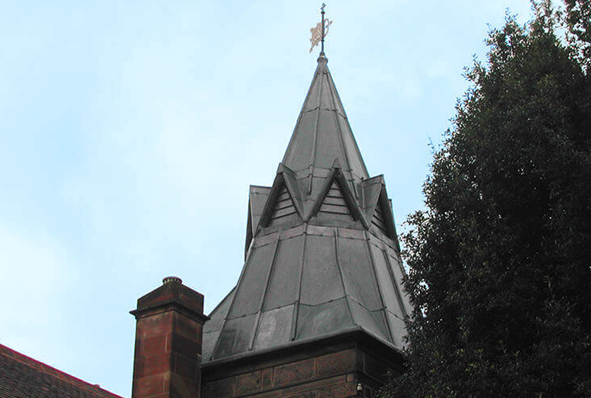Heritage Roofing
Heritage roofing - maintaining our iconic buildings
The UK is home to some of the most iconic buildings in the world, from stunning churches and cathedrals to historic stately homes. Each and every one of these remarkable feats of architecture requires regular maintenance to ensure they remain in the very best condition, allowing them to be enjoyed for generations.
Cathedral Care
Restoration and upkeep of cathedrals
There are some 42 Anglican cathedrals in the UK, not to mention 20 or so Catholic cathedrals. Cathedrals form the most important collection of historic buildings in England. The largest and most ancient are internationally famous, the smallest are usually among the most significant buildings in their region and even the most recent are architectural masterpieces.
Master Craftsmen
Championing our heritage with modern craftsmanship
Twenty years ago, English Heritage (now Historic England) published its first-ever Register of Buildings at Risk across England, which featured nearly 2,000 buildings and monuments that were ‘neglected, broken and unloved’. Recently Historic England was delighted to announce that over two-thirds of those buildings were now safe, in both urban and rural areas right across the country.
Lightning Protection
When lightning strikes are you protected against this act of God?
The issue of lightning protection in churches is one that has exercised this publication for many years. In this four-part series of spotlights on the issue we will be revisiting various aspects of the subject, beginning with an overview of current thinking.
Traditional Lime
Lime: it’s better for buildings – and for the environment
It is now fairly well known that cement is not good for old buildings and that lime mortar should be used. But why? What are the advantages and what are the disadvantages? In order to begin to answer those questions it is necessary to understand the nature of traditional building, the process by which buildings used to be built, and how it differs from modern construction, the process by which we build today.
Audio Visual
Audio visual equipment in church buildings
This guidance is issued by the Church Buildings Council under section 55(1)(d) of the Dioceses, Mission and Pastoral Measure 2007. As it is statutory guidance, it must be considered with great care. The standards of good practice set out in the guidance should not be departed from unless the departure is justified by reasons that are spelled out clearly, logically and convincingly.
Read More...
LPOW Grants
£23 million government package to support restoration of thousands of listed places of worship
Heritage Minister Sir Chris Bryant has announced that the Listed Places of Worship Grant Scheme will be extended into the next financial year, providing £23 million so that thousands of historical buildings, including churches, synagogues, mosques and temples, can carry out restoration work.
CRE Events
Exhibitors enthuse over the CRE experience
By 4pm on the first day of CRE 24 at the Marshall Arena in Milton Keynes, exhibitors Chris and Kim Dunphy had already had so many helpful and detailed conversations with visitors that they were “completely talked out”.
Insurance
You need to ensure that reasonable precautions are in place at your church to keep it safe for those who use it. To do this, you need to think about what might cause harm to people.
You will then need to decide if the precautions already in place are adequate. If they are not, you may need to identify further action to prevent any danger. When done formally, this is known as a risk assessment.
Church Maintenance
Church maintenance and repair: Calendar of Care
Just as prevention is always better than cure, maintenance is preferable to major repairs. But, such repairs may not always be avoidable. Church Care offers a monthly guide in our coming issues Starting in Spring
We can help you understand the common problems and areas that need your special attention, and give you tips for regular maintenance schemes.
Pest Control
Michael Palin warns of pest threat to churches
Michael Palin is supporting the future of the UK’s historic churches and chapels with a voiceover for a new animated film. The 80 second animation, produced for the National Churches Trust, highlights why churches are some of the nation’s best loved buildings.
Town Halls
The history of the great Victorian Town Halls of Northern England
From industrial squalor to civic pride, the story behind some of the most impressive buildings of the North involve a unique mix of economics, grand designs and noble sentiments within communities.
Lead Roofing
Lead is one of the oldest materials in the roofing industry and is still commonly used throughout the world today.
Lead roofing is a traditional roofing method which has been used in the industry for hundreds of years, and is therefore proven to be extremely reliable. Lead roofing, and sand-cast lead, in particular is ideal for old buildings such as churches or historical renovations, whereas milled lead roofing is a mass-produced alternative, used for precision and accuracy in homes and commercial buildings alike.
SEARCH OUR DIRECTORY
Monastery restoration gains national accolade
The restoration of Gorton Monastery in Manchester gained yet more national recognition when the Monastery of St Francis and Gorton Trust and Manchester City Council were named winners of the award for Best Public or Community Project at the LABC Built in Quality Awards in October.

The Grade Two*-listed Monastery of St Francis, or Gorton Monastery, was designed by Edward Pugin and stands majestically on Gorton Lane, near to Manchester city centre. Its green copper-clad bell-turret is instantly recognisable on the urban landscape from miles around. Considered by Pevsner to be one of Pugin’s best buildings, it is among Manchester’s most important landmarks.
Yet for decades the building was decaying from within; its treasures had been plundered and its future was in doubt. In September 1996 the Monastery of St Francis and Gorton Trust was founded to work towards the restoration of the building and, most importantly, to bring it back into use as a community resource – the function it was originally intended for when the Franciscan friars built it in the 1860s.
The cause was furthered when the monastery found fame – or notoriety – by being included on the World Monument Fund’s 100 most endangered heritage sites in 1998. Support gathered pace.
In 2005 the trust succeeded in securing over £6m in grants from a range of bodies, including the Heritage Lottery Fund, English Heritage, the North West Development Agency, and the Architectural Heritage Fund.
Over the course of that year a design team, led by Austin-Smith: Lord, developed a detailed scheme to save this important part of our architectural heritage.
Duncan Bainbridge of Austin-Smith: Lord described the scale of the task: “The technical challenges faced were considerable. The roof over the ornate sanctuary had failed, leading to endemic dampness and leaving the ornate wall paintings beyond meaningful repair. Stained and leaded glass has gone from all lower windows, and the ornate plasterwork had slowly crumbled.
“Of greatest concern was the monastery. The roof, stripped of slate, was largely gone and a number of internal floors had collapsed. Glazing is notable principally by its absence, and chimneys leant precariously. Only the cold and excessive damp had prevented even worse rot outbreaks.”
Work finally began in earnest in December of that year. Over the following months the monastery was scaffolded and the delicate task of removing the collapsed floors begun, while templating of stone and brickwork was done and manufactured. Items stolen from the building during its derelict period were sourced and returned.
Finally, in summer 2007, St Francis opened its doors to the local community once again.
The Franciscans took 10 years nine months and 24 days from arriving in Gorton in 1861 to the date the church opened on 26 September 1872. Coincidentally, from 1 September 1996, when the Monastery of St Francis and Gorton Trust was formed, to 25 June 2007, when the key was officially handed over, was also 10 years nine months and 24 days.
Elaine Griffiths, project director for trust, who was awarded an MBE for her services to heritage for her work to save the building, said: “It’s amazing to see the building finished at last and it’s on time and on budget, which is a credit to the entire team who worked on the project. Back in September 1996 it was difficult to imagine we’d ever see this day. Looking round the building today, all the hard work and effort has been well worth it.
“We must now focus on ensuring the success of the monastery as one of the newest and most exciting conference, banqueting and meeting venues in Manchester.”
Vernon Carter, managing director of main contractor William Anelay, said: “It is particularly rewarding for us as a restoration contractor to be part of safeguarding our architectural heritage for future generations, and even more so to be involved in adapting disused buildings such as Gorton Monastery for new and contemporary uses. The intention when the monastery was built was to provide a focal point for the local community. I have no doubt that the restored building will do the very same thing.”













